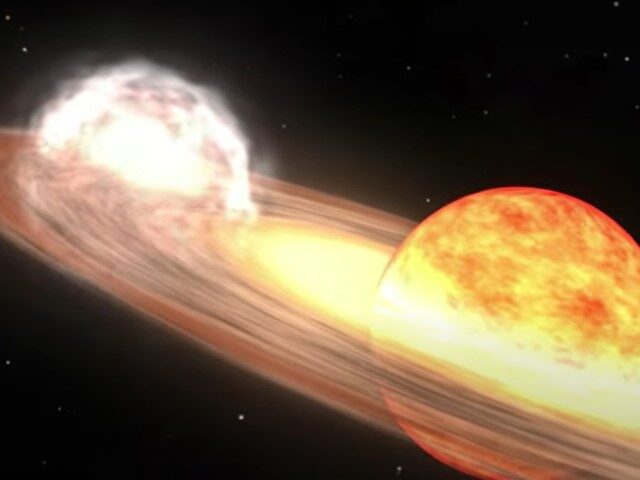A “once-in-a-lifetime” opportunity to see the light from a star that exploded 3,000 years ago is coming this year, NASA officials say.
T Coronae Borealis, also known as “the blaze star,” explodes once about every 79 years, and is one of only 10 known recurrent novas in our Milky Way Galaxy.
Bill Cooke, leader of NASA’s Meteoroid Environments Office at the agency’s Marshall Space Flight Center in Huntsville, Alabama, told Fox News that this rare cosmic event is even more special than the recent solar eclipse.
“I’ve been to a few eclipses, and it’s one of nature’s most awesome spectacles,” he said.
“But frankly, there are two solar eclipses a year. And if there’s not one over the U.S., I could travel to Egypt in 2027 to go see one. We don’t see a star explode very often. So that’s its uniqueness.”
The upcoming nova explosion is on less of a specific schedule, however. All scientists know so far is that it’s coming in 2024.
“Unfortunately, we don’t know the timing of this as well as we know the eclipse,” Cooke said. “But when it happens, it’ll be something you’ll remember.”
The last time the star’s explosion was visible from Earth was in 1946.
“Seeing that star blow up is much rarer than a solar eclipse,” the astronomer told NPR. “So it’s kind of a once-in-a-lifetime thing.”
In his interview with Fox, he explained the science behind the ball of light — which he said will be about as bright as Polaris, the North Star, to the “unaided eye.”
“A typical nova consists of a star, like a red giant — a star bigger than the sun — and a white dwarf, which is a star about the size of the Earth,” Cooke said. “And that red giant is dumping material on the surface of that white dwarf. They’re orbiting each other, and they’re real close together.”
The material dumped on the surface of the white dwarf causes a temperature so hot that it creates a “thermonuclear runaway,” he explained.
“When that happens, that white dwarf blows all that material out in space, and it gets very bright, hundreds of times brighter than what it was before,” he continued.
“And if it’s close to us or relatively close to us, we will see a new start [sic] to appear in our sky.”
What’s especially interesting is that this explosion already happened — at the end of the Bronze Age.
Because T Coronae Borealis is 3,000 light years away from Earth, the visible brightness from the explosion takes millennia to reach the planet.
“You see a new star suddenly appear there,” Cooke said, adding: “It’ll look like it appears out of nowhere, and it’ll stay visible for about a week before it dims back down.”
According to the astronomer, the event will be “kind of like Halley’s Comet, but most people don’t know much about it.”
“Halley gets all the press.”
Cooke added that people will get a “few days” to see the light before it fades away again for another 79 or so years.

COMMENTS
Please let us know if you're having issues with commenting.